On This Day…April 28th.
Kurt Knispel joined the Wehrmacht in 1940 as a soldier in the 12th Panzer Division, and he became a naturalized citizen of Nazi Germany, being born Czechoslovakian. Knispel fought initially on the Eastern Front against the Russian Red Army, and later in the retreat from Normandy. On This Day in 28 April 1945, he was mortally injured when his tank exploded during fighting with Soviet tanks near Urbau, Czechoslovakia (Vrbovec, Czech Republic), and was left behind a church wall with 15 other German bodies after they were killed by the Soviets.
By the time of his death, Knispel had destroyed at least 168 enemy tanks, leaving him the all time tank ‘ace'. Of these numbers, he ‘scored' 126 as a Gunner and 42 as a Commander, with many historians actually putting his tally much larger, possibly as high as around 200. Knispel was regularly known to attribute victories where he'd applied the coup-de-grace to other tanks if he felt they had contributed to the ‘kill'.
Despite his prodigious talent, Knispel was never promoted beyond Feldwebel (Sergeant). A complete counterpoint to the Nazi poster boy, Michael Wittmann, with his long hair, tattoos, goatee-beard (he told his commanders, “I have no time for shaving”) and unwillingness to obey orders that he didn't agree with, he could have been a template for Odd-Ball from ‘Kelly's Heroes'.
Steadfastly refusing to take part in attacks on civilians, he was once cited and put on report for attacking an officer he saw mistreating a soviet POW. While the guard was abusing the prisoner, Knispel took and broke his rifle, told other soldiers to look away, and administered some of the Nazi's own medicine. Four times Knispel was recommended to the receive the Knight's Cross, but not surprisingly, it was an award he never received.
Prior to the war, Knispel worked as a locksmith. This training in handy when he picked a lock on a train accompanying the 5th SS Panzer Division Wiking. Inside was a treasure trove of chocolate, coffee, tobacco, and alcohol that rubbed against Knisper's egalitarian philosophy. As much was 'borrowed' as could be hidden in the Tiger tank air filters of Knispel's unit. Bottles of Schnapps were wrapped in cloth and placed in the tank barrels which were then capped for concealment. The SS officers didn't discover the missing booty, allowing Knispel to single most important rules of survival in the army...
- Do what you like - just don't get caught.
- If it isn't nailed down - take it.
Knispel was severely wounded on 28 April 1945 by shrapnel to his head when his Tiger II was hit in battle with Soviet tanks and the ammunition exploded. He died two hours later in a German field hospital. On 12 November 2014, the German War Graves Commission reburied his remains at the Central Brno military cemetery in Brno Czechoslovakia.
B-17 ‘Stella' undergoing repairs at 28th April 1943. The Fortress was on a delivery flight to the UK from Marrakesh when the aircraft unfortunately ran out of fuel.
Luckily the aircraft was able to make a landfall just outside Dorset (Western England) and made a successfull forced landing in a wheat field. As the aircraft was essentially undamaged it was decided to fly it out. Showing the ingenuity of the era, the 347th Engineer Unit created a runway in NINE days while a Mobile Repair Unit Of The 8th Air Force made repairs to the aircraft.
The Fortress was eventually successfully flown out and on June 27th 1943 joined the 544th Squadron/384th Bomb Group and carried the code ‘SU-G'. The aircraft served until April 4th 1944.
This is the last known picture of Adolf Hitler, taken two days prior to his death. He is seen standing alongside his adjutant, Julius Schauboutside, outside the Fuhrerbunker in Berlin amongst the devastation of the Allies' bomb damage.
Lancaster Mk III of 75 Squadron that was shot down and crashed over Lake Constance, Switzerland on April 28th, 1944. One crewman was killed and the Lanc was recovered in a salvage operation in 1953 only to be scrapped. Make a hell of a diorama...
Yesterday I shared a photo of the Carrier USS Franklin putting in to receive repairs after the Kamikaze attacks just off the Japanese homeland. The photo above shows the extent of her damage and just what a task it was to make it home under her own steam. It is a great shot, showing the Manhattan skyline in the background.
Below, a Church service takes place on the Franklin's ruined hangar deck to honour her 800 sailors who never made the journey home, New York Harbor, New York, USA, 28th of April, 1945.
London Gazette, 14 October 1941...
“On the night of 28th–29th April, 1941, during the fighting in Greece, a column of German armoured forces entered Kalamata; this column, which contained several armoured cars, 2" guns, and 3" mortars, and two 6" guns, rapidly converged on a large force of British and New Zealand troops awaiting embarkation on the beach.”
“When the order to retreat to cover was given, Serjeant Hinton, shouting "to Hell with this, who'll come with me," ran to within several yards of the nearest gun; the gun fired, missing him, and he hurled two grenades which completely wiped out the crew. He then came on with the bayonet followed by a crowd of New Zealanders. German troops abandoned the first 6" gun and retreated into two houses.”
“Serjeant Hinton smashed the window and then the door of the first house and dealt with the garrison with the bayonet. He repeated the performance in the second house and as a result, until overwhelming German forces arrived, the New Zealanders held the guns. Serjeant Hinton then fell with a bullet wound through the lower abdomen and was taken prisoner.”
Astonishing photo of Anti-Aircraft tracers in the night sky above Yontan Airfield, Okinawa, Japan, 28 Apr 1945. In the foreground are US Marine Corps Corsairs.
A US soldier investigates the remains of an Me 110 in a bombed aircraft factory in Reims, France, April 28th, 1945.
Gorgeous photograph taken over the Tunisian desert of Spitfire Mk Vbs of No. 417 Squadron, Royal Canadian Air Force, late April, 1943.
On 28th April 1943, John Kenneally of the 1st Battalion Irish Guards woke to discover that his closest companion Michael Dempsey, had been killed n the constant attack and counter attacks that had been raging over the last two days. They were holding a high ground position (the ‘Bou') in Sidi Bou Zid, Northern Tunisia.
Lance Corporal ‘Liz' Fanning was the only officer in charge of the position, all the other officers and NCOs either killed or wounded. John Kinneally was awarded the Victoria Cross for the following event. In a prime example of the often cited, ‘Hero Gene', Kenneally records in his war journal...
“There were about fourteen of No 1 Company remaining. Around 9.00am the shelling and mortaring started again. Our lookout man on the forward slope shouted that there was movement way down below. Liz said, ‘You had better go and have a look and send him back up, he's been out there from stand-to and he's had no grub. Do you want a No 2?”
“I slid over the ridge and took over the OP. The guy was right. There was movement, plenty of it, and it looked as if the target was going to be our positions on Point 212. Trucks and armoured vehicles were disgorging infantry at the bottom of the lower slope. The sun was up now and their steel helmets glistened.”
“One thing, I thought, was that they were not seasoned troops as no self-respecting infantry would climb the hill in bunches as they were doing. They must be reinforcements from Tunis which was only fourteen miles away.”
“The shelling increased. It seemed as if they were trying to knock the top off the ridge behind me. The lads must be having it rough. I ducked lower myself as I was being showered by rocks and rubble. When the barrage eased, I took another look.”
“I could not see them but I could hear them. There were two large boulders about ten yards in front of me so I ran to them and took cover. A German voice was very clear now. I left the Bren gun behind the boulders and crawled through the scrub.”
“The ground fell away into a deep gully and there they were. Most of them were squatting round a German officer. Some were lying down taking a breather and they were bunched like a herd of cattle. What an opportunity.”
“I crawled back to the boulders and quickly took off all my equipment — speed was to be the essence of this operation. I put a new magazine on the Bren gun and one in each pocket. ‘Here goes,' I said to myself. I took a deep breath and belted forward, firing from the hip.”
“I achieved complete surprise. I hose-piped them from the top of the gully. They were being bowled over like nine-pins and were diving in all directions. I had time to clip on another magazine and I gave them that too. Enough was enough, and I fled back to the boulders and safety.”
“The remaining Germans had scattered and were firing everywhere, even at each other. Bullets were shattering off the boulder in front of me. The lads from No 1, hearing the firing, came over the top screaming like banshees and were picking them off left, right and centre.”
“They fled down the hill and out of sight. ‘Holy Mother of Christ,' Liz Fanning said, as he viewed the carnage below. ‘What have you done?'
“Ah, Nothing to it,” I replied, as I picked up my equipment and went for a drink of his cognac.”
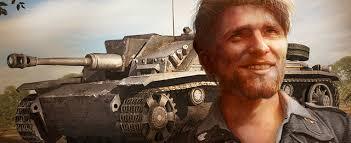
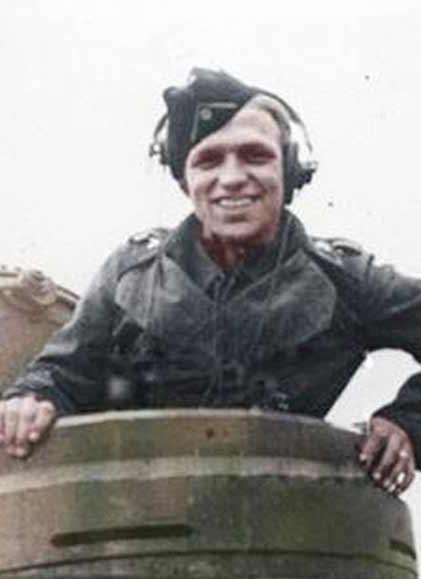
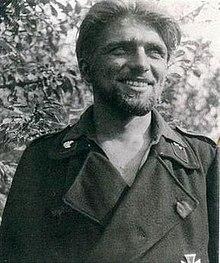
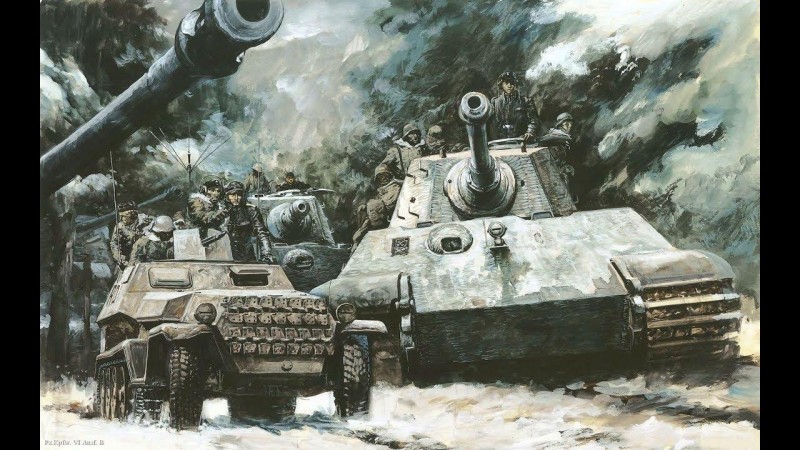
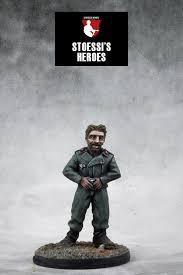
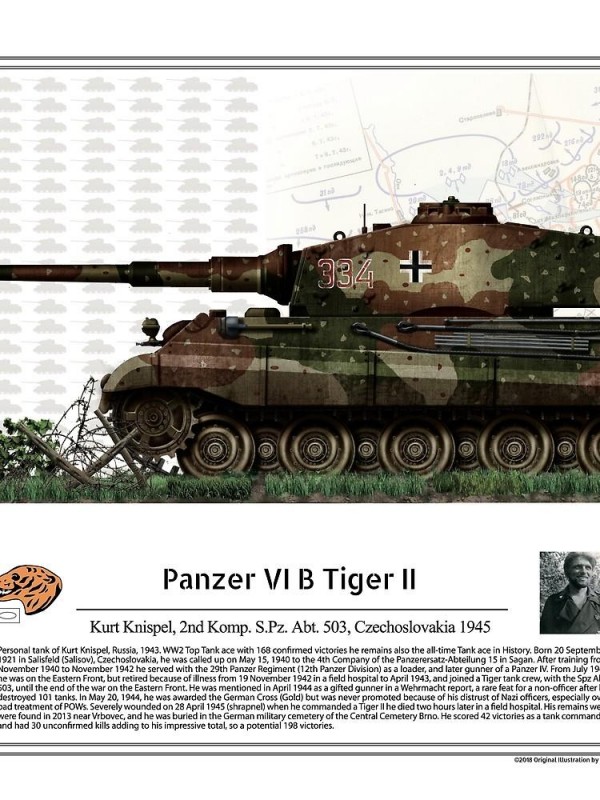
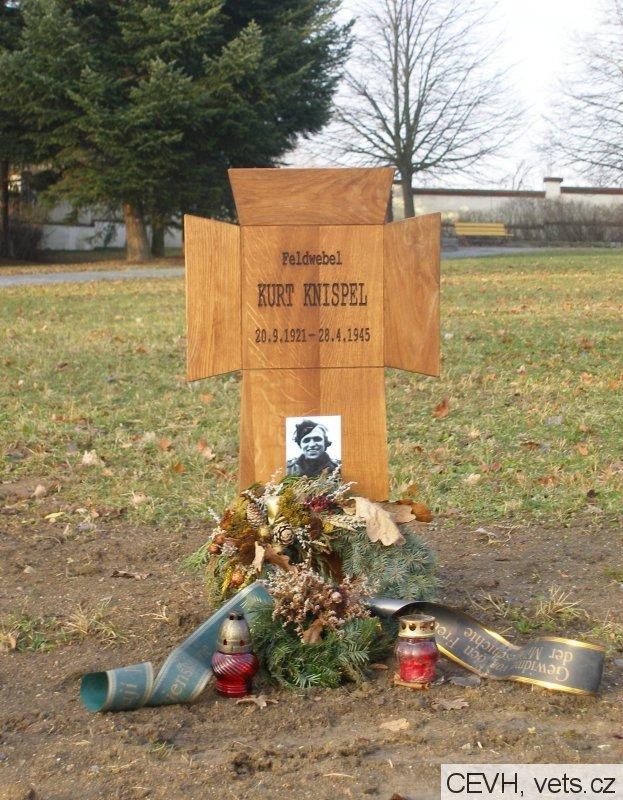

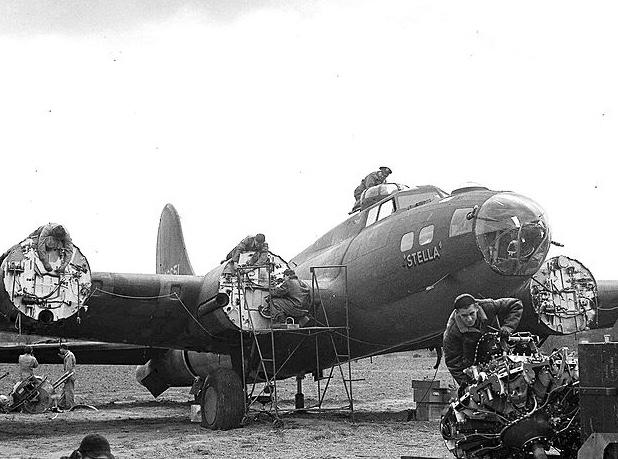


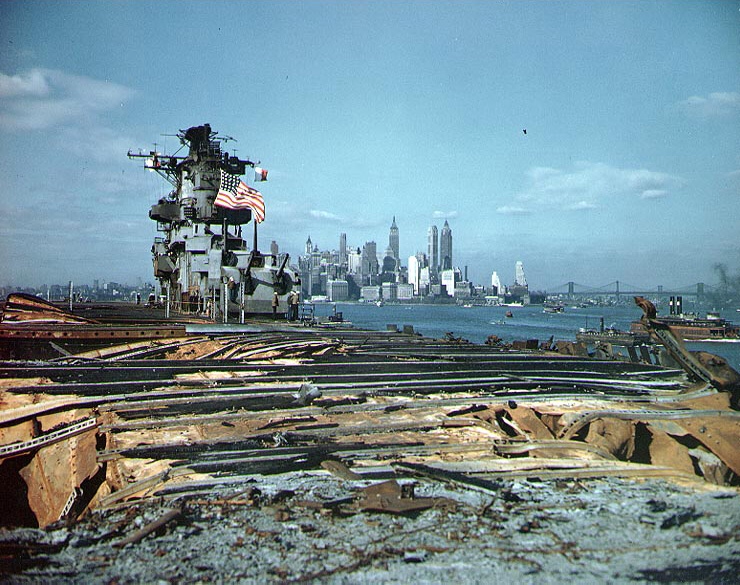
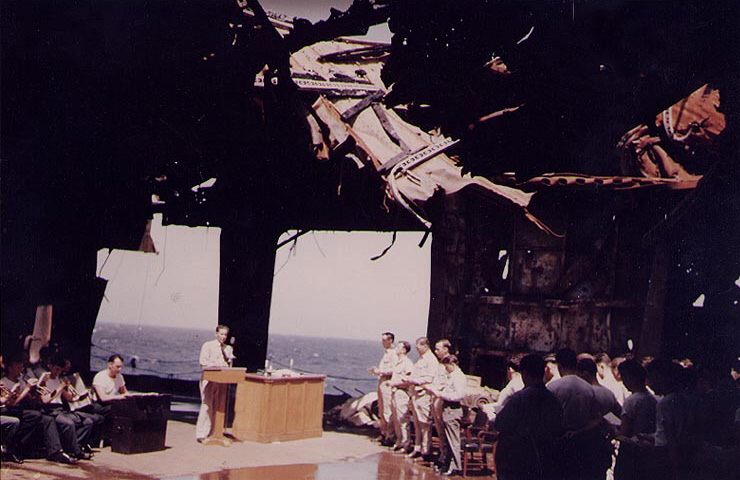
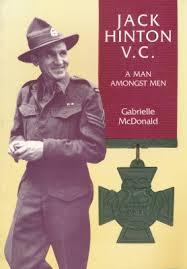
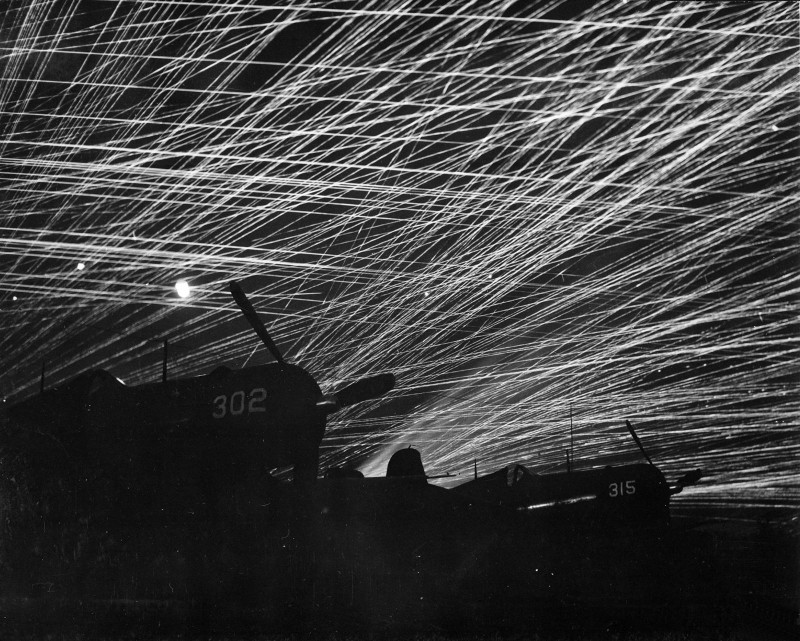
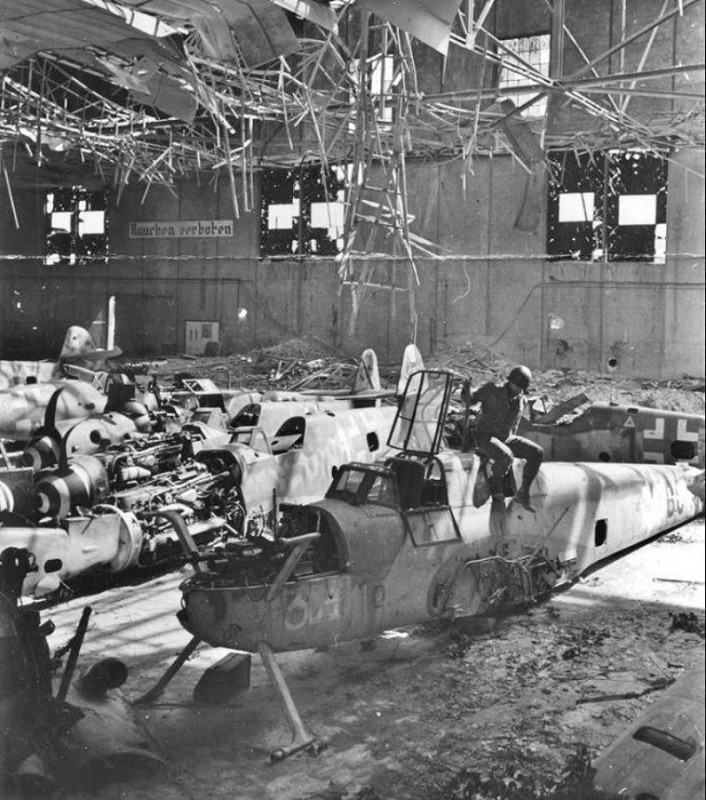
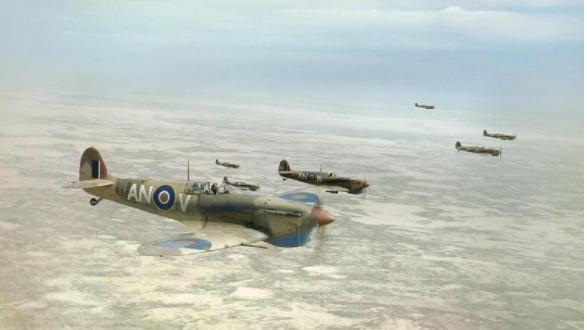
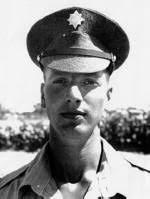
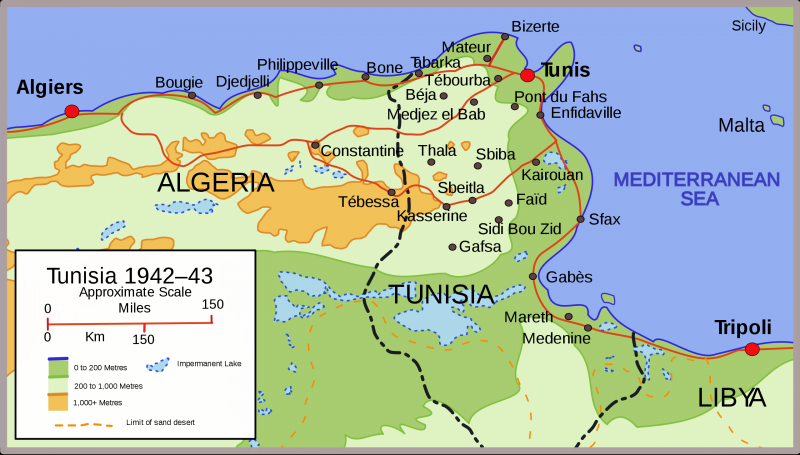

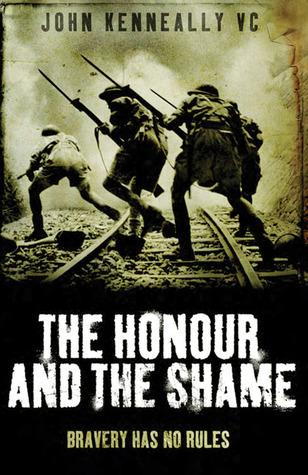
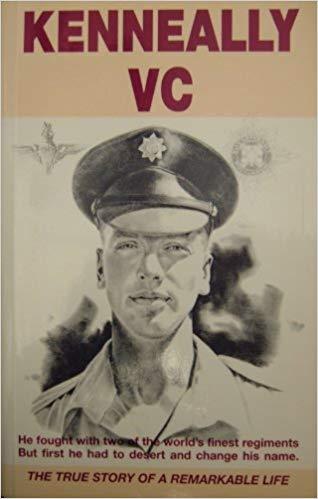
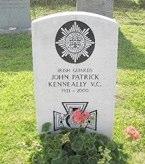
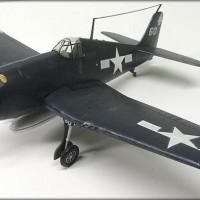
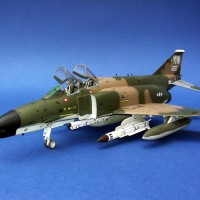
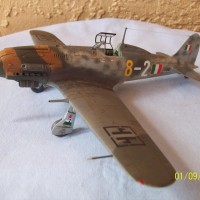
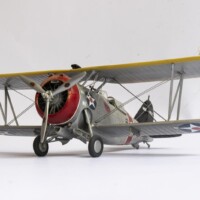
Great post today David!
Thanks, Matt. As always.
those spits are the shitz...awesome
Kurt Knispel: shot by the Soviets behind a wall, or "died two hours later in a German field hospital"? Which is it?
Tom, my understanding of this is that it is both. Knispel was mortally wounded by shrapnel, treated in a field hospital, but was left with several soldiers when the German line retreated. The Russians shot patients (dead or alive, it didn’t seem to matter to them) when they gained the ground, then left the bodies in semi-open graves. It was only six years ago the soldiers were found (“behind a wall”) and ‘repatriated’.
@tcinla
VERY interesting, David. This is another fine report from you. Thanks! These stories bring out the common "humanity" experienced by soldiers.
I agree the water-logged Lanc would be a great diorama, but for my money Stella takes the cake in that regard. Wow. That would be amazing!